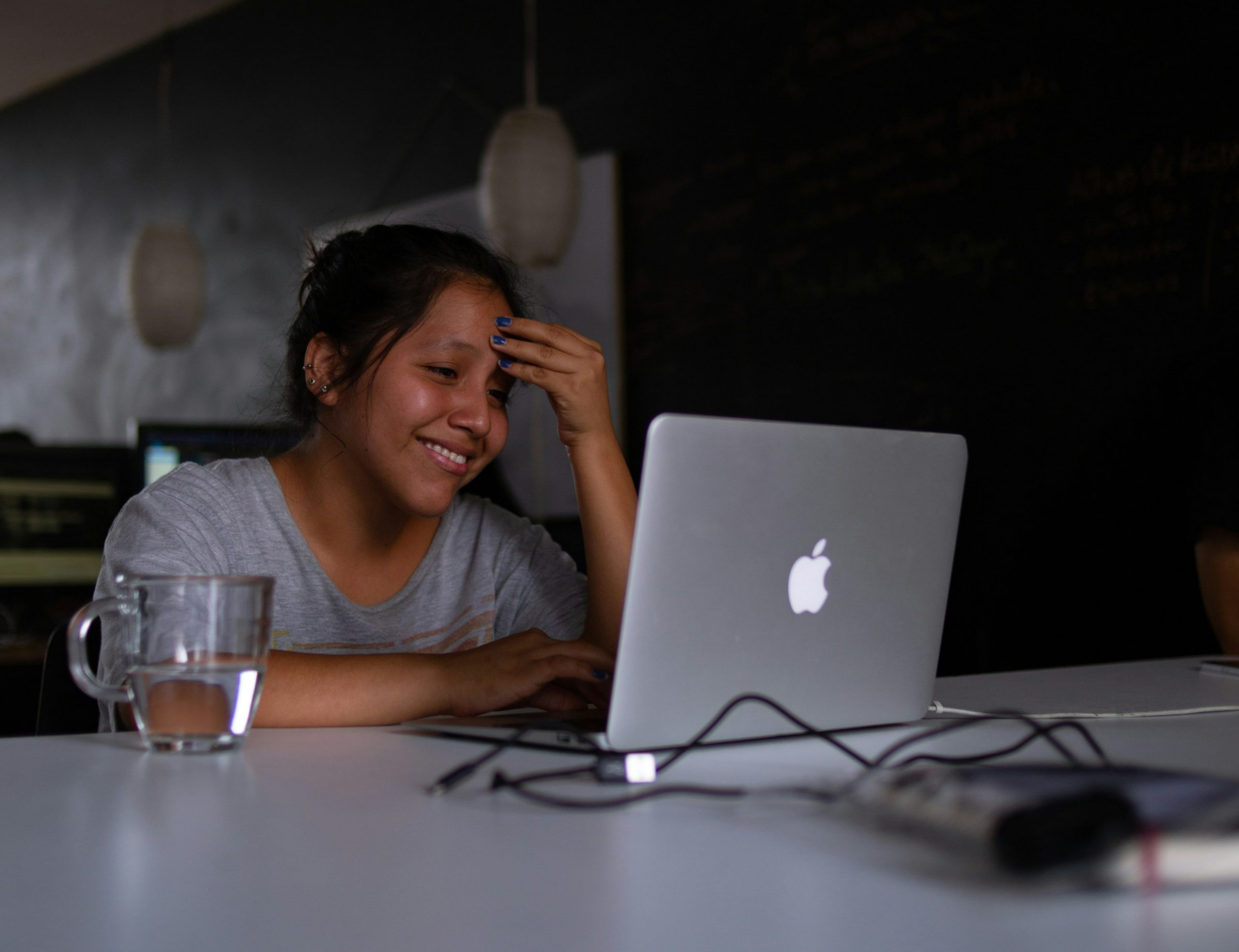The Evolution of Student Career Development Programs
In today’s fast-paced and competitive job market, students are constantly looking for ways to stand out from their peers and secure their dream careers. With this in mind, educational institutions have begun to place a strong emphasis on career development programs to help students prepare for the workforce. These programs have come a long way since their inception, and have evolved to meet the changing needs and demands of both students and employers. In this article, we will explore the evolution of student career development programs and their significance in shaping the future workforce.
The Early Years: Traditional Career Counseling
Historically, career development programs in educational institutions mainly consisted of traditional career counseling services. These services would typically include personality and career assessments, resume writing workshops, and job search techniques. While these services were helpful in guiding students towards potential career paths, they were often limited in their scope and lacked individualized attention.
As the job market began to shift towards more specialized and competitive industries, the need for more comprehensive and personalized career development programs became apparent. This gave rise to more innovative and holistic approaches to career development, tailored to the needs and aspirations of different students.
The Evolution of Career Development Programs
From Career Centers to Career Services
The first significant change in student career development programs was the shift from traditional career centers to comprehensive career services. Career centers were previously seen as a physical location where students could access basic career information and resources. However, with the rise of technology, career services have become much more accessible online, making it easier for students to access a wider range of resources.
Career services now include a variety of resources such as virtual career fairs, online networking platforms, and virtual career coaching sessions. This shift has allowed for more flexibility and convenience for students, making career development more accessible to a wider audience.
Embracing Career Exploration and Experiential Learning
Another major shift in student career development programs has been the focus on career exploration and experiential learning opportunities. In the past, career development programs primarily focused on preparing students for traditional entry-level positions in their chosen field. However, with the rise of non-traditional jobs and the gig economy, students now need to be equipped with a diverse set of skills and experiences.
To address this, career development programs have begun to incorporate experiential learning opportunities such as internships, co-ops, and service-learning projects. These experiences allow students to gain practical skills, explore different industries, and build their professional network – all essential components for a successful career.
Personalization and Individualized Attention
Perhaps, the most significant evolution in student career development programs has been the focus on personalization and individualized attention. Educational institutions have recognized that every student has unique goals, strengths, and career aspirations. As a result, career development programs have shifted towards individualized career coaching and mentorship, tailored to the specific needs of each student.
Career coaches and mentors now work with students to develop personalized career plans, set attainable goals, and provide ongoing support and guidance. This personalized approach not only helps students navigate their career path more effectively but also helps them build confidence and agency in their career decisions.
The Impact of Student Career Development Programs
The evolution of student career development programs has had a significant impact on both students and employers. For students, these programs provide valuable resources and support to help them navigate their career journey and stand out in a competitive job market. On the other hand, employers now have access to a more diverse pool of highly skilled and prepared candidates.
Moreover, career development programs help bridge the gap between education and the workforce. By equipping students with practical skills, experiences, and networks, these programs help prepare students for employment and reduce the skills gap that often exists between academia and the workplace.
Conclusion
In conclusion, student career development programs have come a long way since their early days of traditional career counseling. The evolution of these programs has resulted in more comprehensive, personalized, and innovative approaches to career development, better preparing students for the workforce. With the rapid changes in the job market, it is essential for educational institutions to continue adapting their career development programs to meet the demands of the ever-evolving job market and shape the future workforce.











